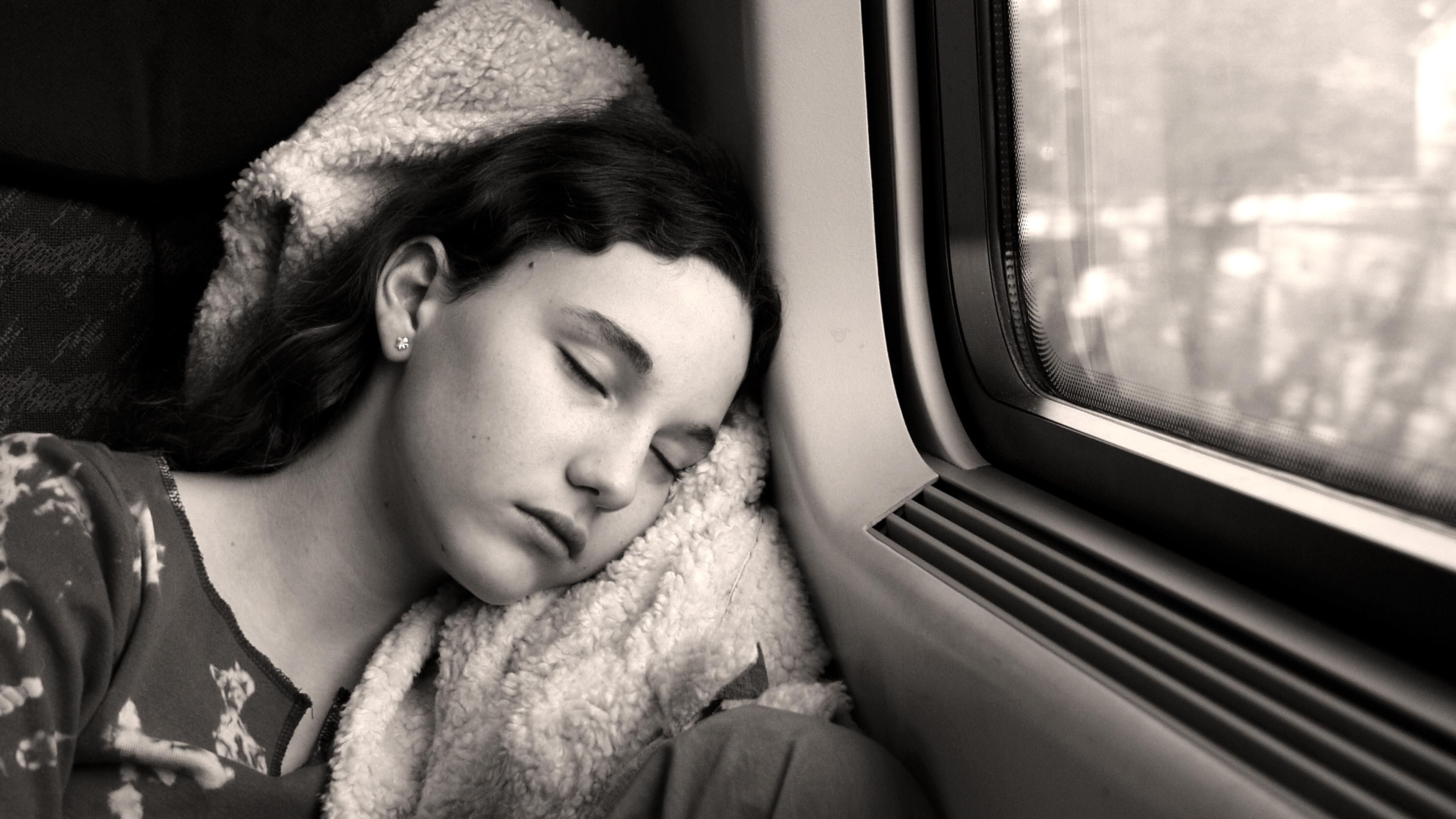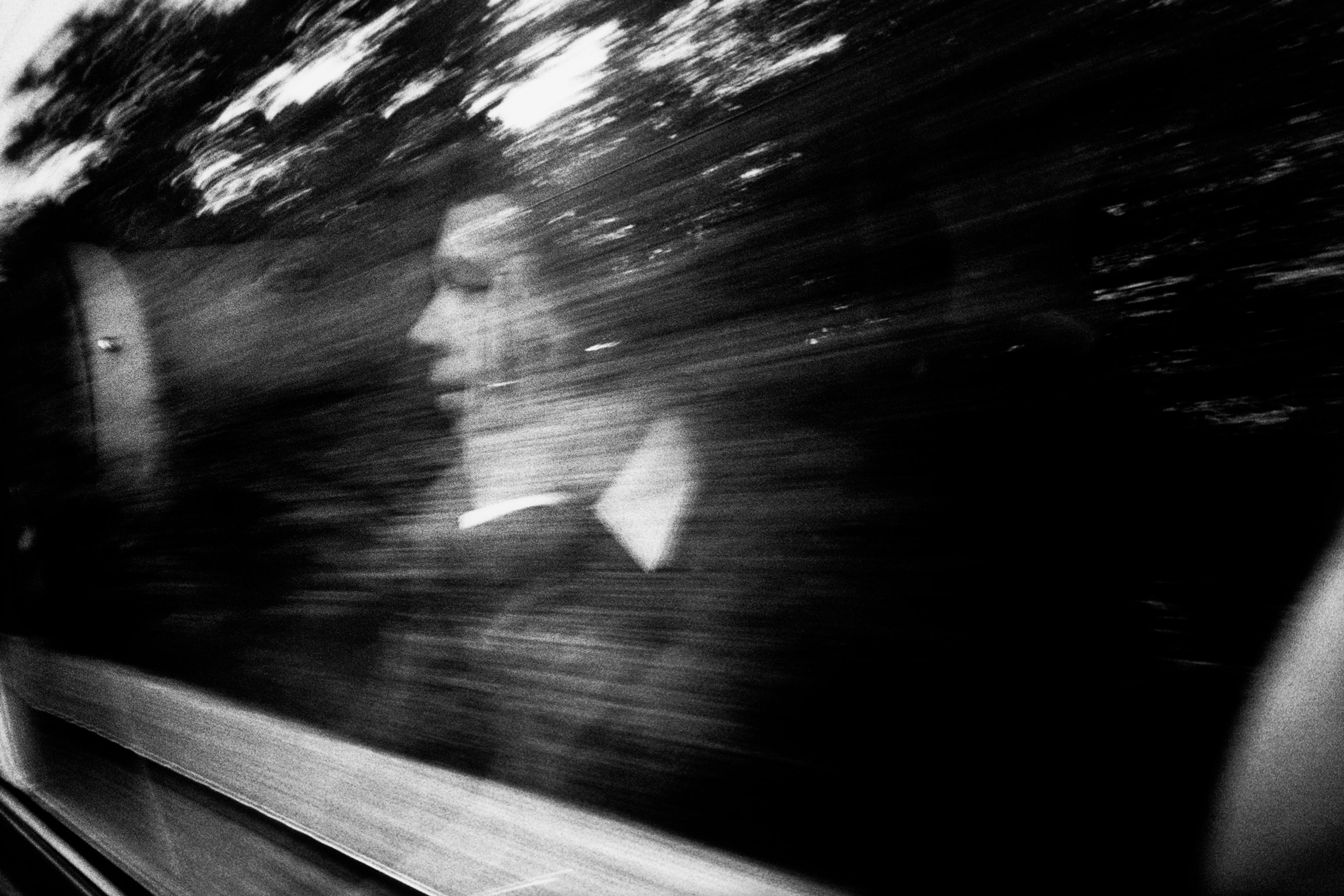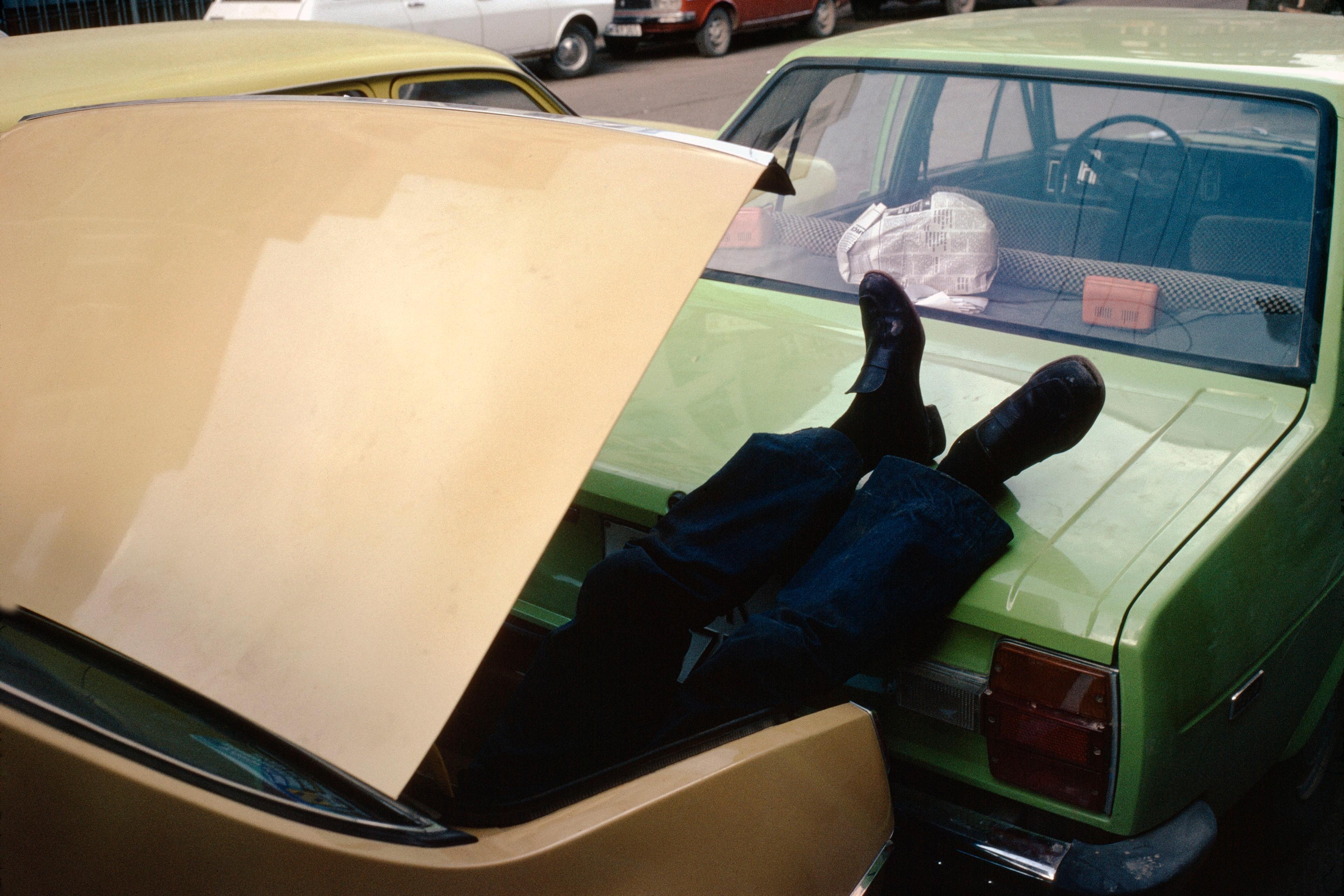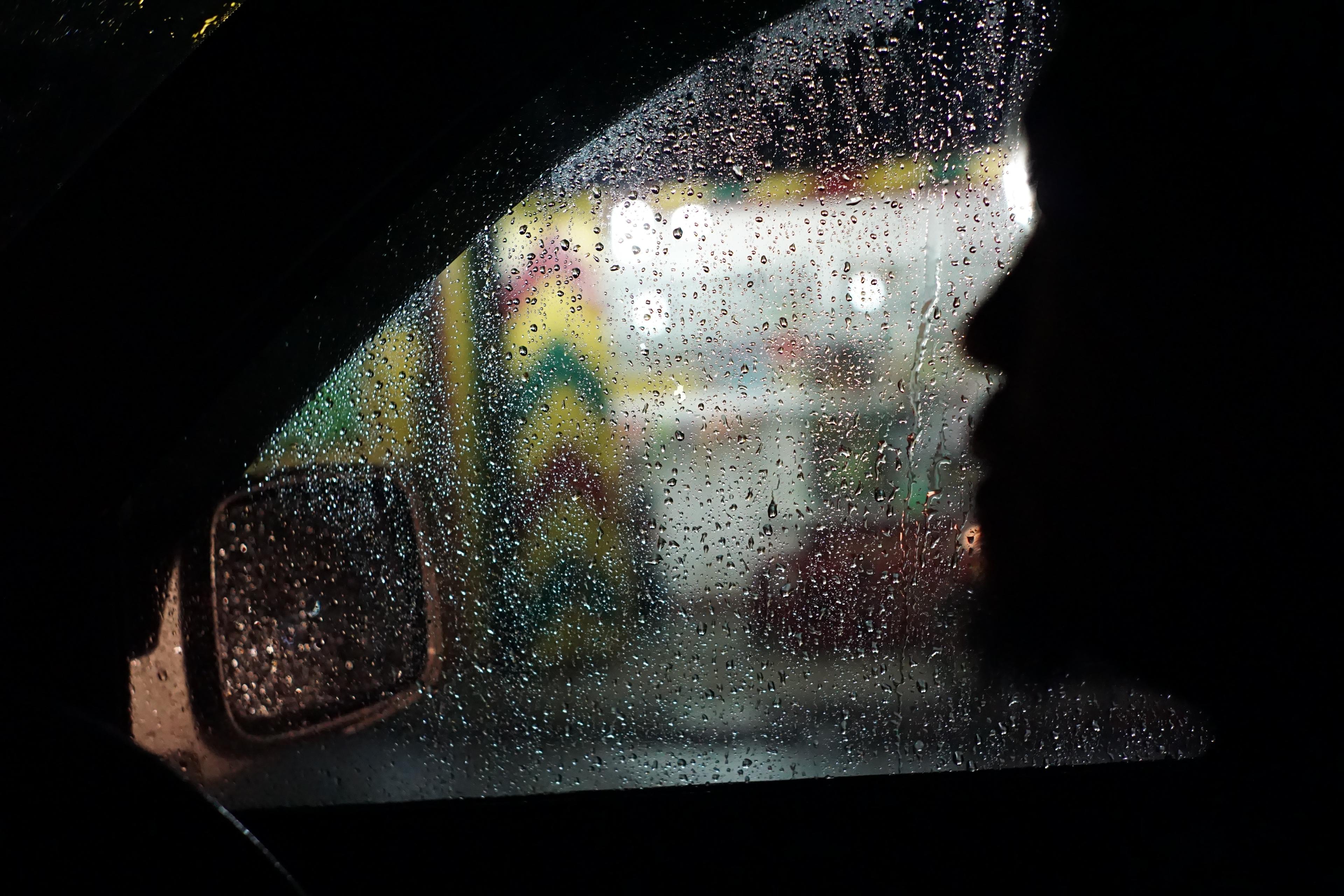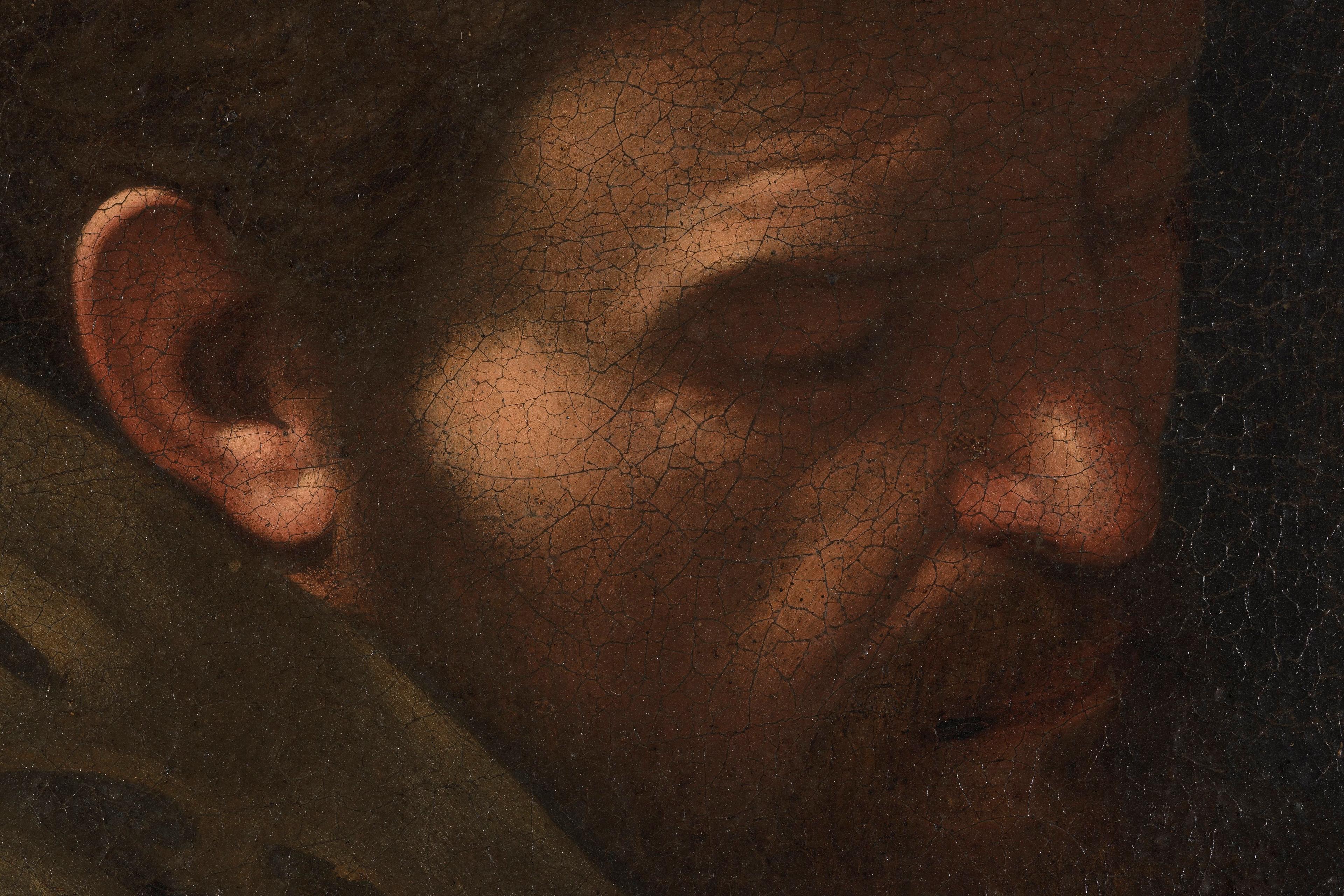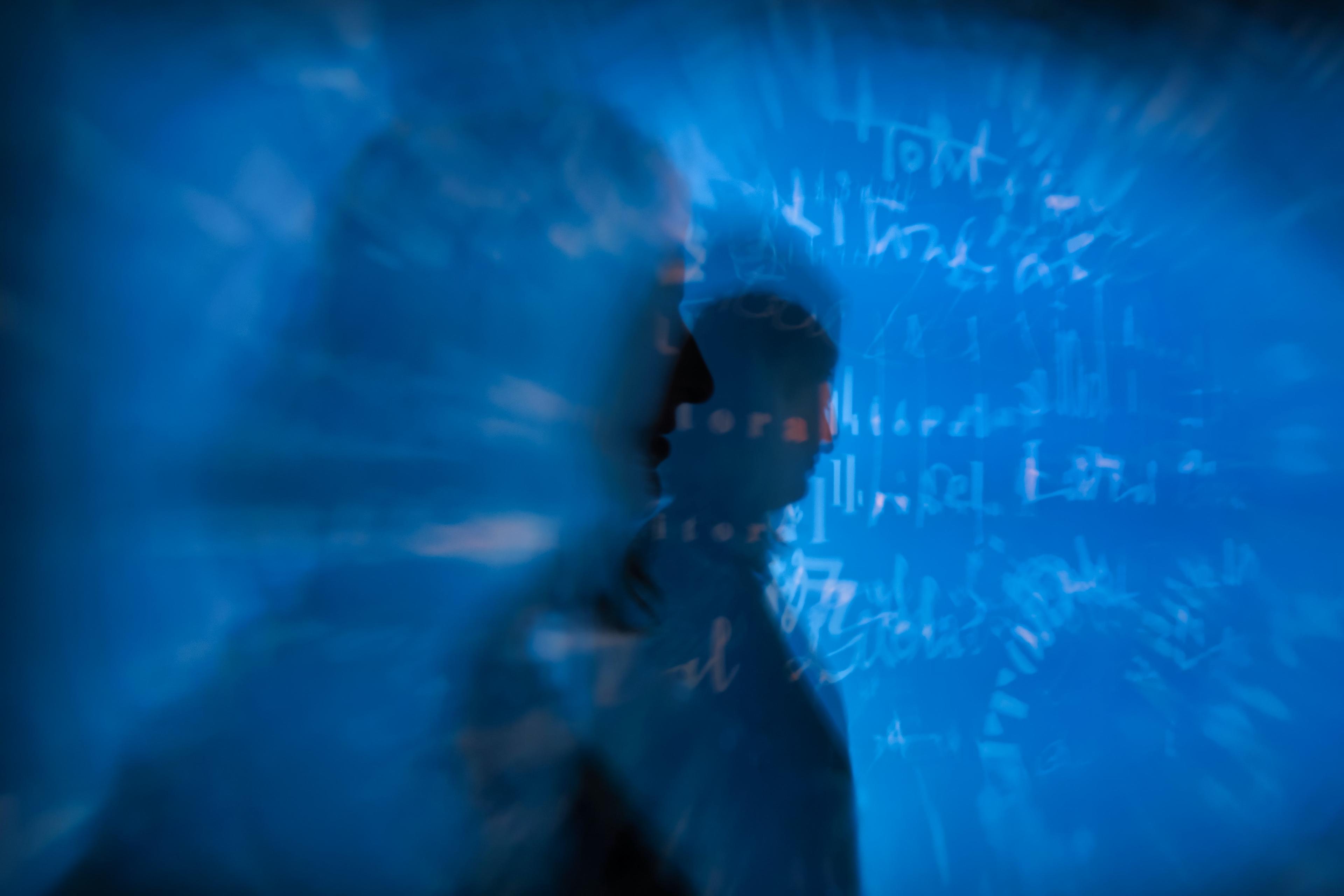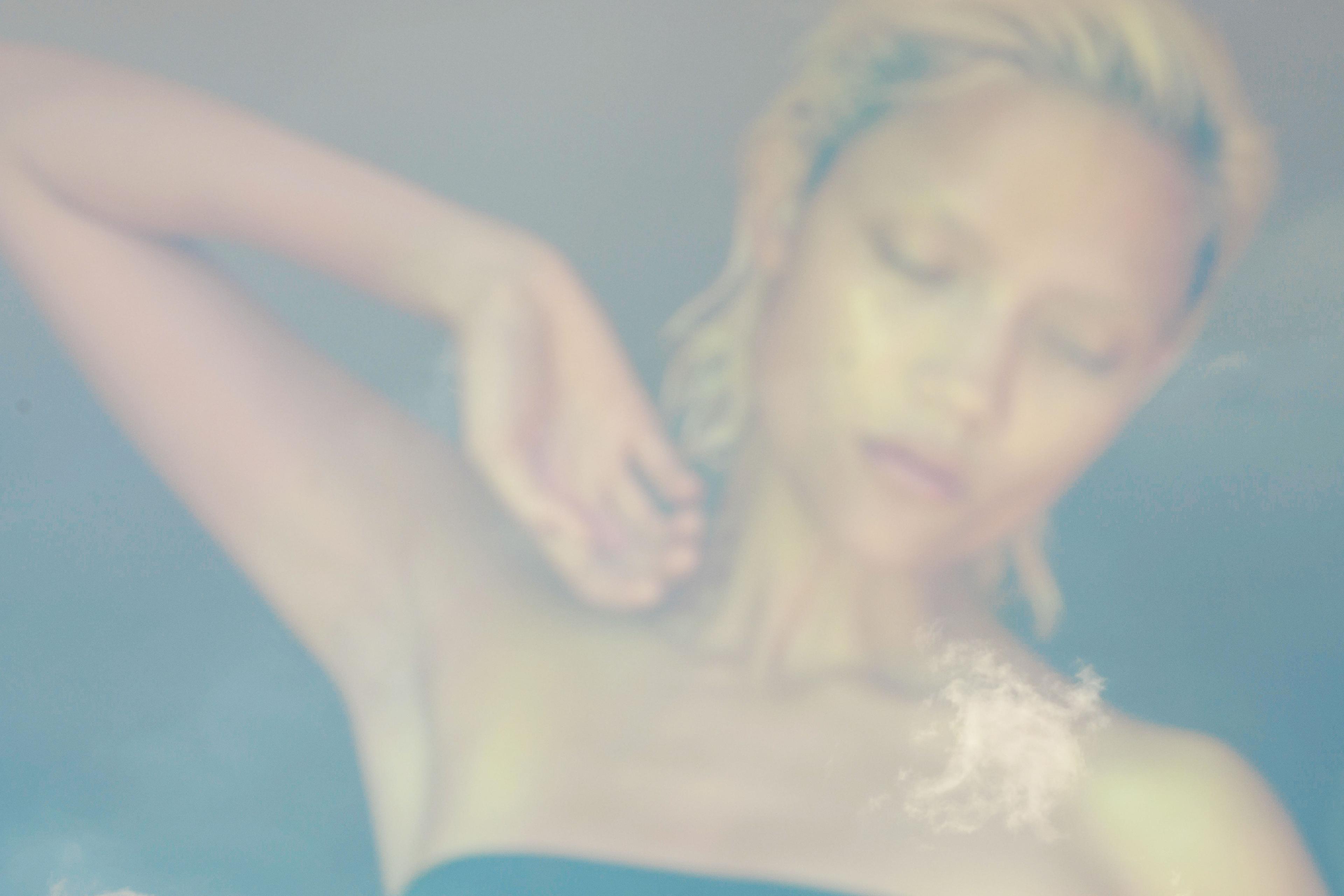Each night as you lay down to sleep, you embark on an extraordinary journey – not through space, but through the shifting terrain of your own consciousness. This transition, known as the sleep-onset period, is not a simple flick of a switch from wakefulness to slumber, but a gradual, nuanced shift that suspends you between two worlds. Long regarded as a mere prelude to sleep, recent studies suggest there is far more to this fascinating twilight period.
Your brain doesn’t fall asleep at once
Your brain doesn’t simply power off as you fall asleep; instead, it enters a captivating liminal state, hovering between wakefulness and sleep. Imagine your brain as a metropolis at twilight, where different neighbourhoods dim their lights and quieten at staggered times. The journey begins in the subcortical regions, the deeper, hidden parts of the brain. From there, like ripples spreading across a pond, drowsiness progresses to the cortex (the brain’s outer layer), moving gradually from front to back. This entire process of sequential brain region shutdown can take up to 20 minutes.
The phased descent into sleep explains why you might not recall the last few moments before dosing off while watching TV or reading. The parts of your brain responsible for processing scenes or flipping pages remain active, even after other areas, particularly deeper ones, including the thalamus and hippocampus, have already slipped into slumber, disrupting your ability to form new memories of those final minutes.
During this process, the brain oscillates between various short-lived states within seconds, resembling a swing that moves back and forth – sometimes nearing wakefulness, at other times leaning towards sleep. These fluctuations are unique to the sleep-onset period. If we were to take a snapshot of the brain at this time, we would observe not only an in-between state, with parts of the brain awake and others asleep, but also a constantly changing landscape of activity. Indeed, each person’s process of falling asleep is as unique as their fingerprint.
An intricate dance between internal and external processing
The gradual nature of sleep onset explains why you can find yourself in a blend of the internal and external worlds. The early deactivation of frontal areas (the brain’s rational centre) gives way to dreamlike experiences, while the rest of the brain maintains the capacity for mental surveillance. That’s why, as you’re nodding off, you can continue to process information from your surroundings – you may catch fragments of conversations or other sounds and even respond to them.
In one pertinent study, researchers asked participants to begin a task as they settled down to sleep, which involved categorising words as relating to either animals or objects by pressing corresponding buttons. As the participants began to fall asleep (as assessed by recording their brain activity with EEG), the researchers observed that the sleepers were still processing the external words and accurately pressing the correct buttons. Remarkably, this ability persisted even as they neared deeper sleep stages, demonstrating that the sleepy brain remains connected to its environment.
Yet, even while parts of your brain remain in touch with the outside world, your subjective consciousness enters a drowsy state that can involve vivid dreamlike experiences, known as hypnagogia. As soon as you start snoozing, you may find yourself plunged into a swirling kaleidoscope of bizarre and surprising hypnagogic experiences. These can vary from person to person (and some people are better able to remember them than others) but examples include flashing images, curious background songs, geometric forms dancing before your eyes, and even fully fledged dream scenarios. This rapid descent into dreamland can happen so quickly that we often start dreaming long before we perceive ourselves as falling asleep.
An important period for memory processing
Careful observation of these hypnagogic experiences in sleep labs has revealed they often incorporate elements from our most recent experiences while still awake – I remember one participant in our lab who dreamt about himself, older, with many electrodes on his head, pursuing a horse around the laboratory.
This continuity of thought content between waking and sleep-onset was initially demonstrated in a study in which people played the game Tetris before napping. Researchers closely monitored these participants (including three patients with amnesia) as they began to drift off, and gently woke them at the onset of sleep to enquire about their mental content. Remarkably, most of them reported Tetris-related hypnagogia, such as seeing Tetris blocks falling before their eyes – even the patients with amnesia who couldn’t recall that they’d played Tetris! This suggests that our brains begin to weave elements of recent experiences into our dream-like thoughts almost immediately as we approach sleep.
Even more fascinating, this replay of memories isn’t limited to recent events. One study showed that your brain can also combine them with much older, yet semantically related memories, creating dream-like scenarios that bridge different periods of your life. For example, while seeing Tetris blocks from today’s game, you might also recall a similar memory of playing with a Lego set from your childhood, connecting experiences that are years apart. This recombination suggests that, during hypnagogia, your brain isn’t just passively winding down; it’s actively reprocessing and putatively sorting memories, deciding which ones to keep and integrate into long-term storage. This blending of disparate ideas and memories can spark new, creative associations, much like a painter blending colours in ways that hadn’t been seen before.
The sleep-onset period as a creative sweet spot
If you’re reading this and wondering why you haven’t experienced such vivid hypnagogia when you are drifting off, don’t worry – it’s not unusual to glide through these rich hypnagogic experiences without fully realising it at the time or remembering it later (being woken in the middle of these experiences, and paying attention to them, as happens in sleep studies, naturally gives them more salience).
You might also be wondering if you could somehow capture these elusive moments. The inventor Thomas Edison and the artist Salvador Dalí reportedly did just that, setting traps to capture their hypnagogia, aiming to seize these putative flashes of creativity before they vanished into the limbo of sleep. Their secret? Taking naps while holding an object that dropped noisily as they dozed off, to awaken them just in time to record novel ideas.
Participants who snoozed for one minute were three times more likely to discover a solution to a problem
Recent research has confirmed that the sleep-onset period, at the borderland between wakefulness and sleep, really can promote creativity. Consider the case of patients with narcolepsy, who experience excessive daytime sleepiness. Unlike most people, they slip into sleep frequently due to their porous boundaries between sleep and wakefulness. Research I conducted with colleagues has shown that these individuals often achieve higher scores in real-life creative tasks than their peers. And this increased creativity is correlated with the severity of their disease: the more hypnagogic (and other sleep-related) experiences they had, the more creative they were. This suggests that their frequent journeys into a hypnagogic state could be nurturing their creative abilities over time.
You too could enjoy the creative benefits of sleep onset – all it takes is a short nap! Indeed, in another recent study that my colleagues and I conducted, we showed that participants who snoozed for around one minute were subsequently three times more likely to discover a sudden solution to a problem compared with those who stayed awake or went into deeper sleep. We were even able to predict whether a participant would experience an ‘aha’ moment simply based on their brain activity during the resting period. The ideal creative cocktail was found in that liminal state between wakefulness and sleep, consisting of a moderate level of alpha brain waves (a marker of drowsiness) and a low level of delta waves (a marker of sleep depth).
Building on these insights, other researchers are developing tools to explore and harness the creative potential of the sleep onset period. One such innovation, developed by a team at the Massachusetts Institute of Technology, is a glove they call Dormio that’s equipped with sensors to detect the exact moment a person falls asleep by monitoring heart rate, muscle tone and skin conductance. When the glove detects the onset of sleep, it triggers an alarm to rouse the participant. In one experiment, the team used the device to prompt participants to think about a specific word – ‘tree’ – as they drifted off to sleep. The participants subsequently mentioned seeing trees in their hypnagogic experiences, and they demonstrated more creativity in tree-related creative tasks. In exploiting the journey into sleep, it seems that Edison and Dalí were on to something. If you want to explore the hypnagogic landscape for yourself, why not try their method of holding an object when you take a nap?
Recent research is casting new light on the wake-to-sleep transition, revealing a unique liminal space during which both the body and mind undergo a series of dynamic and profound changes. Brain activity slows down, muscles relax, heart rate lowers, consciousness and responsiveness to the environment fluctuate, and rich dreamlike experiences emerge. This period represents a window into critical cognitive functions, such as memory but also into the emergence of creative sparks.
The next time you find yourself lying awake, remember that you are not just waiting to fall asleep – you are standing at the threshold of an extraordinary journey.
